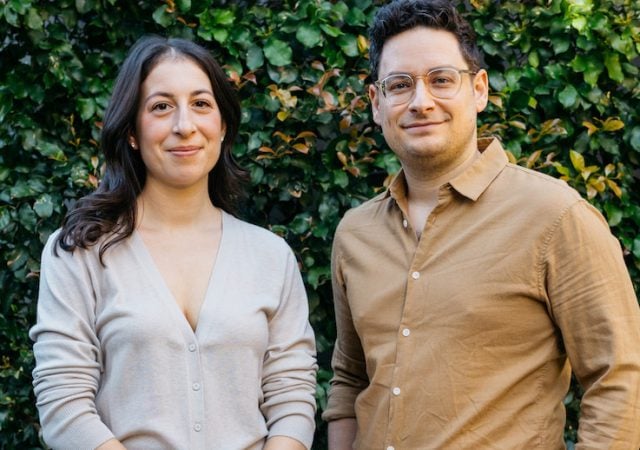The CSIRO has announced an expansion of its long-running partnership with Boeing that will see the two organisations perform joint research and development in space technologies.
With a national Australian space agency on its way, the CSIRO stated the research will explore opportunities for space infrastructure and ground-based space facilities in Australia “that could be beneficial for a range of space-related activities”, with scientists from Australia and the US to collaborate on the developing needs of the Australian space market.
Larry Marshall, chief of CSIRO, said that while the organisation’s scientists have “achieved significant breakthroughs” over CSIRO’s 75-year history of working in space, “there is still so much to know”.
“Extending our relationship with Boeing into the realm of ‘new space’ will help Australia and the world expand horizons, as well as monitor and better manage our own planet,” he said.
Jim Chilton, senior vice president of Boeing Space and Missile Systems, added, “Now with Australia on the cusp of its own exciting space age, Boeing couldn’t have a better Australian R&D partner than CSIRO to work with on emerging space technologies.”
Working together since 1989, Boeing and CSIRO have collaborated on a wide variety of projects, including the development of a spray on re-coating technology that has been applied to hundreds of Boeing’s new commercial aircraft, and Total Airspace and Airport Modelling (TAAM) software, which reduces airspace congestion, airport disruption, and conflict avoidance, developed within CSIRO and later spun off into a company then acquired by Boeing.
The push to develop Australia’s space sector with a national space agency had intensified over the last few years as the number of local space-focused startups has grown.
A white paper released last March by the Space Industry Association of Australia (SIAA) estimated that, with its 0.8 percent share of the global space economy, the Australian space sector currently produces annual revenues of between $3-4 billion, employing between 9,500 to 11,500 people.
The SIAA believes the establishing of an Australian space agency by the government to lead a “cohesive national space strategy” could see these figures double within five years, with the Agency’s long-term aim to capture 4 percent of the world market within 20 years.
A review into Australia’s space industry capabilities was ordered by former Minister for Innovation, Arthur Sinodinos last July, with then-Acting, now current Minister for Innovation, Michaelia Cash in September announcing that the government would be launching a national space agency.
Cash said at the time, “The global space industry is growing rapidly and it’s crucial that Australia is part of this growth. A national space agency will ensure we have a strategic long-term plan that supports the development and application of space technologies and grows our domestic space industry.”
A working group is set to provide the government advice on the potential structure and scope of the agency by the end of March.
Looking to capture this growth is South Australia, which in September announced the launch of the South Australian Space Industry Centre.
The government stated it will work with the South Australian Space Innovation Complex consortium to establish facilities in the state for launch testing, technology development, stepped flight proving programs, and space qualification missions.
It then in October opened applications from global accelerator and incubators to manage local programs as part of the its $4 million Space Innovation Fund.
According to Martin Hamilton-Smith, Minister for Defence and Space Industries, the Fund will support a Space Incubator Program and Space Accelerator Program with $900,000 in funding annually over the next four years, as well as Space Scholarships of up to $100,000 each year.
Image source: CSIRO.




















Trending
Daily startup news and insights, delivered to your inbox.